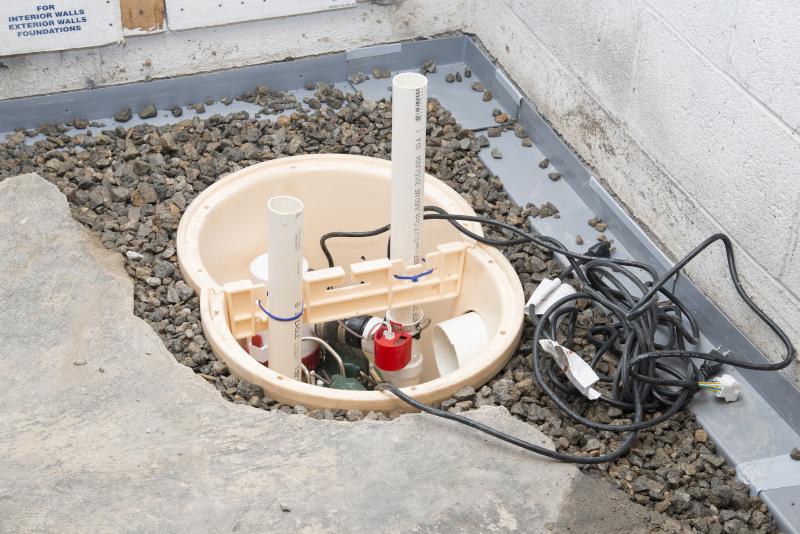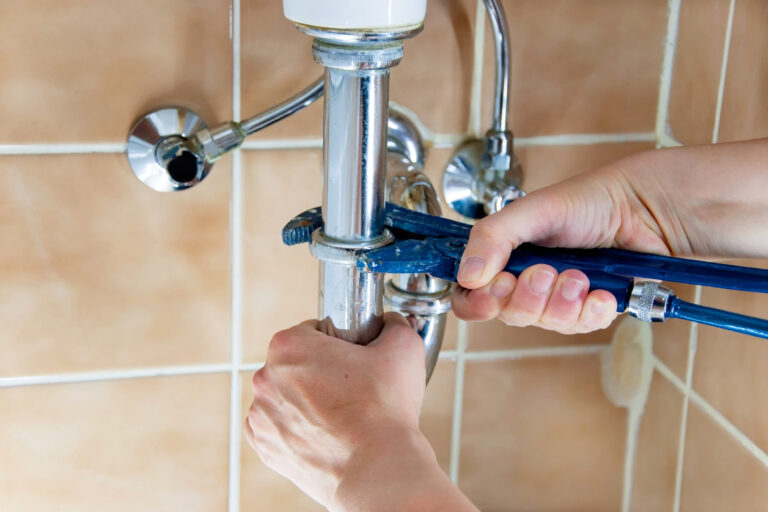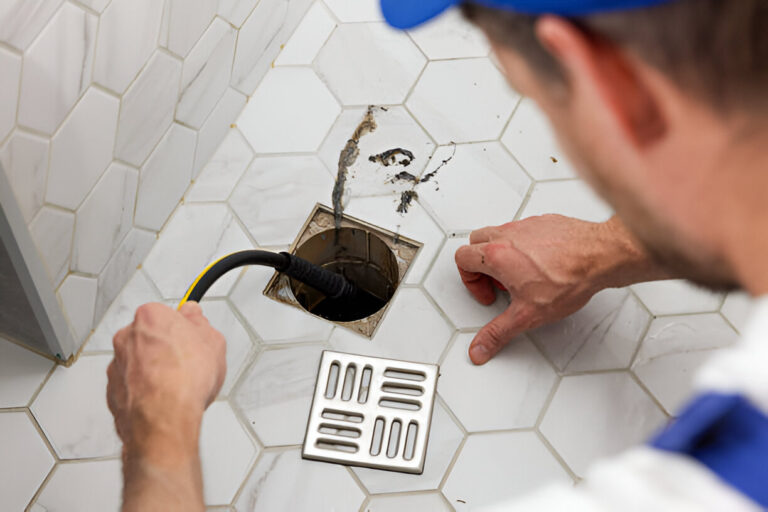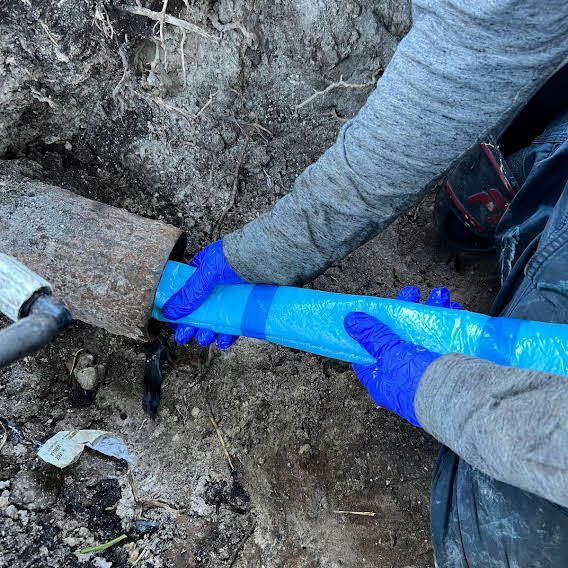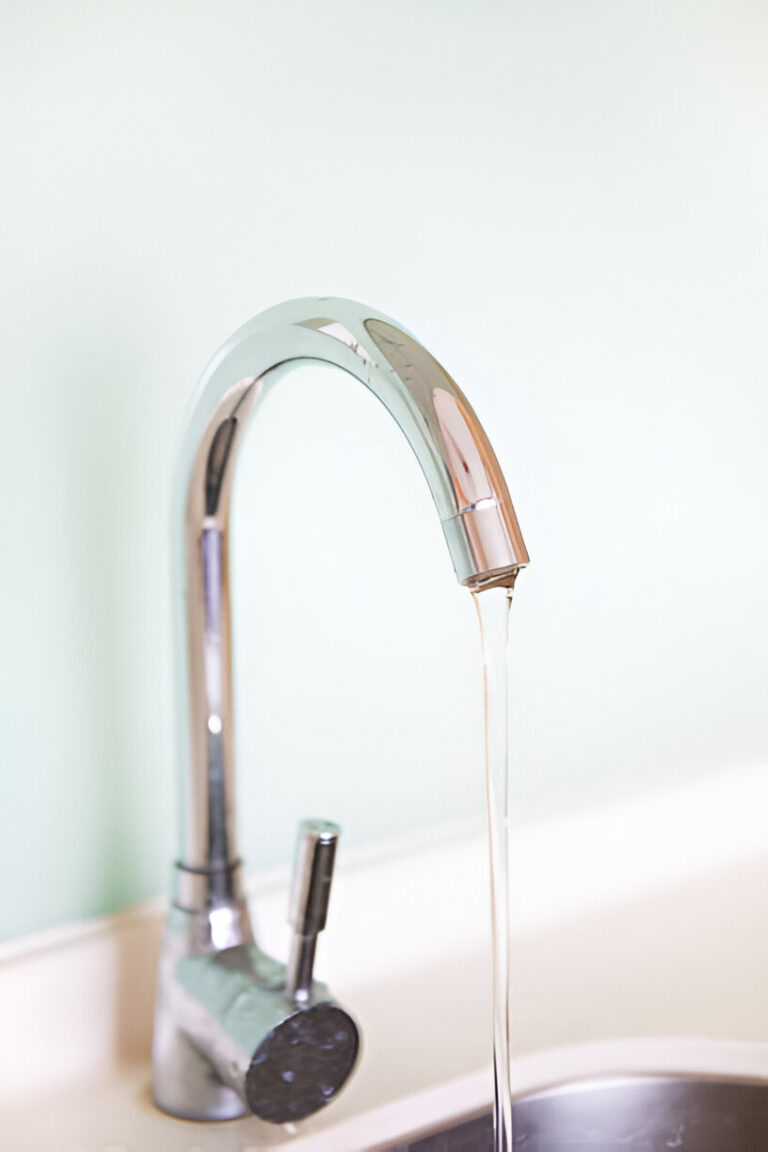Understanding Sump Pump Maintenance and Its Importance
When it comes to protecting your home from water damage, your sump pump plays a crucial yet often overlooked role. Tucked away in basements or crawl spaces, this device is your first line of defense against flooding, especially during heavy rains or snow melts.
But here’s the catch: like any hard working system in your home, your sump pump needs regular maintenance to do its job effectively. Ignoring sump pump maintenance is like ignoring the oil light in your car, it may work fine for a while, but failure could strike at the worst possible time.
In this article, we’ll walk you through everything you need to know about sump pump maintenance, why it’s so important, how often to service it, and signs that trouble might be brewing.
What Is a Sump Pump and How Does It Work?
A sump pump is a mechanical device installed in a pit (called a sump basin) beneath the lowest level of your home, usually the basement or crawl space. Its job is to collect and remove excess water that accumulates from rain, melting snow, or high groundwater. When the water in the pit reaches a certain level, the sump pump automatically activates and pumps the water out and away from your home, typically to a storm drain or dry well.
There are two main types of sump pumps:
- Submersible pumps – installed inside the sump basin and operate underwater.
- Pedestal pumps – mounted above the sump pit and easier to service, though often louder.
Regardless of the type, a sump pump is critical for homes in flood-prone areas or with poor drainage. But even the best sump pump won’t last long or perform well without maintenance.
Why Is Sump Pump Maintenance So Important?
Neglecting your sump pump is a gamble you don’t want to take. Here’s why regular maintenance matters:
1. Prevents Basement Flooding
The most obvious reason to maintain your sump pump is to avoid water damage. A failed sump pump during a heavy rainstorm can flood your basement within minutes, leading to thousands of dollars in damage to flooring, walls, furniture, and personal belongings.
2. Extends the Lifespan of the Pump
A sump pump that’s clogged, rusted, or overworked will burn out faster. Routine maintenance keeps the unit in good condition, helping it last up to 10 years or more.
3. Improves Efficiency
When the pump is clean and the float switch is functioning properly, the unit doesn’t have to work as hard to remove water. That means it operates more efficiently and costs less to run.
4. Reduces the Risk of Mold and Mildew
Standing water and damp conditions in a flooded basement create the perfect environment for mold growth, which can lead to respiratory problems, allergies, and structural issues. A working sump pump helps maintain a dry, healthy home.
5. Peace of Mind
Perhaps the most valuable benefit: knowing that your sump pump is ready when you need it. Regular maintenance provides confidence that your home is protected, no matter what the weather brings.
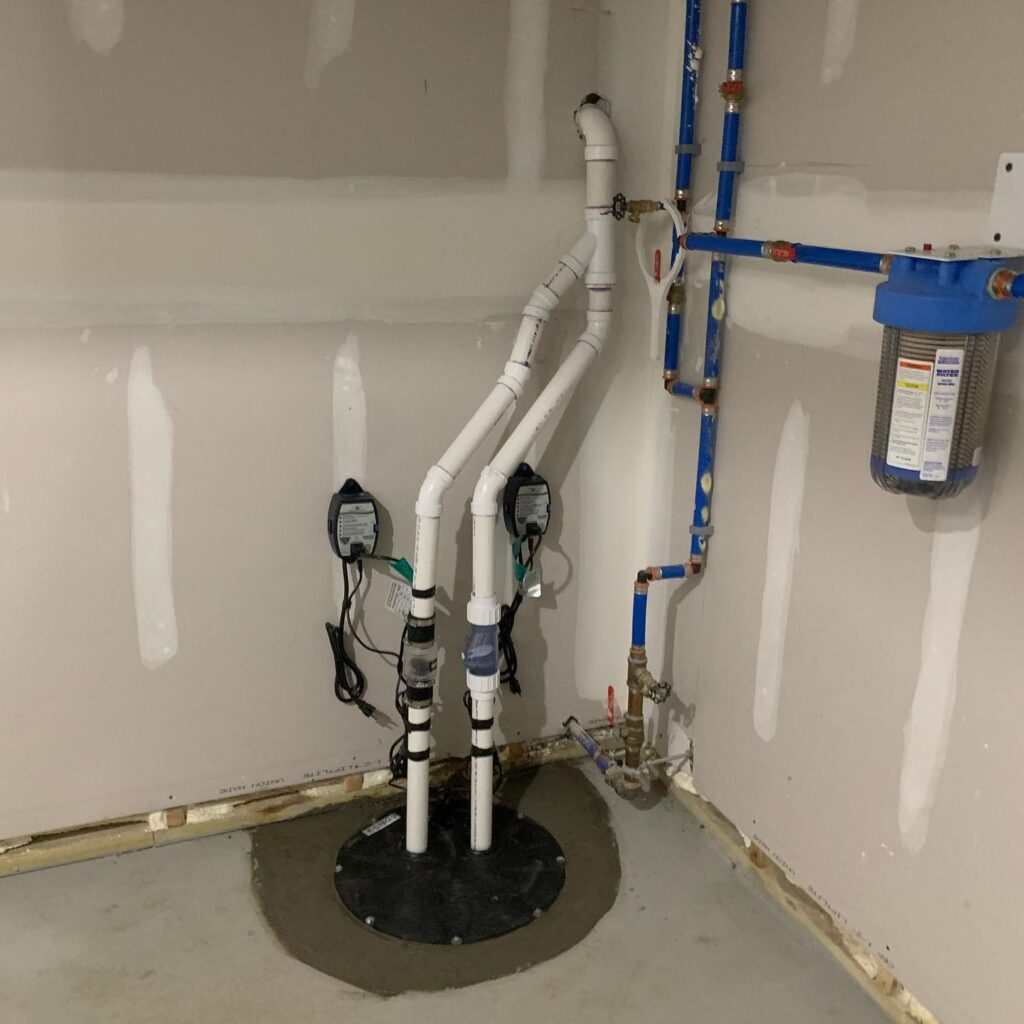
How Often Should You Service a Sump Pump?
Most experts recommend checking your sump pump at least once every 3 to 4 months, with a full inspection and cleaning at least once a year. If your area sees frequent rainfall or your basement has flooded in the past, you may want to inspect it even more often.
Here’s a simple maintenance schedule:
| Frequency | Maintenance Task |
| Monthly (during wet season) | Test the pump by pouring water into the basin |
| Quarterly | Clean the sump pit and remove debris |
| Bi-Annually | Check the float switch and discharge line |
| Annually | Full inspection, cleaning, battery check (if applicable), and test power source |
Step-by-Step: Basic Sump Pump Maintenance
Not sure where to start? Here’s a step-by-step breakdown of simple maintenance tasks you can do yourself:
1. Test the Pump: Pour a bucket of water into the sump pit to see if the float rises and the pump turns on. If it doesn’t, check the power source or call a plumber.
2. Unplug and Clean the Unit: Before cleaning, always unplug the sump pump for safety. Remove it from the pit and clean the screen or intake grate to remove dirt, gravel, or other obstructions.
3. Inspect the Float Switch: The float is what activates the pump. Make sure it moves freely and isn’t tangled or obstructed.
4. Check the Discharge Line: Look outside where the water exits. Make sure the discharge pipe is not blocked by dirt, leaves, or ice. Also, ensure it directs water far enough from the foundation.
5. Look for Rust or Corrosion: If your pump has any visible rust or signs of wear, it might be time to replace it.
6. Clean the Sump Pit: Remove any sediment or debris from the basin. A clogged pit can interfere with pump operation.
Signs Your Sump Pump Needs Attention
A sump pump rarely fails without warning, if you know what to look for. Here are some red flags:
- Strange noises during operation (grinding, rattling, or humming)
- The pump runs constantly or too frequently
- It doesn’t activate during heavy rain
- There’s visible rust or cracks on the pump housing
- Water remains in the pit after the pump has run
- Bad odors or signs of mildew near the pit
If you notice any of these signs, it’s best to schedule a professional inspection as soon as possible.
Should You DIY or Call a Professional?
Many sump pump maintenance tasks can be done by homeowners with a little time and care. But there are situations where calling a professional makes more sense:
- You’re not comfortable working around electrical components
- You’re unsure about proper disassembly and reinstallation
- The pump isn’t activating at all
- You want a thorough inspection with performance testing
A licensed plumber can also inspect your entire drainage system and offer guidance on upgrading to a more efficient or reliable sump pump model if needed.
Final Thoughts: Protect Your Home with Routine Maintenance
Your sump pump may be hidden out of sight, but it should never be out of mind. A small amount of maintenance a few times a year can protect your home from flooding, mold, and costly damage, all while giving you peace of mind during heavy rains or spring thaws.
Think of sump pump maintenance like routine oil changes for your car. It’s a minor investment of time and money that pays off in performance, reliability, and longevity. For trusted HVAC and plumbing support in Iowa, many homeowners turn to Des Moines Drain & Sewer for honest advice and reliable installation services.

